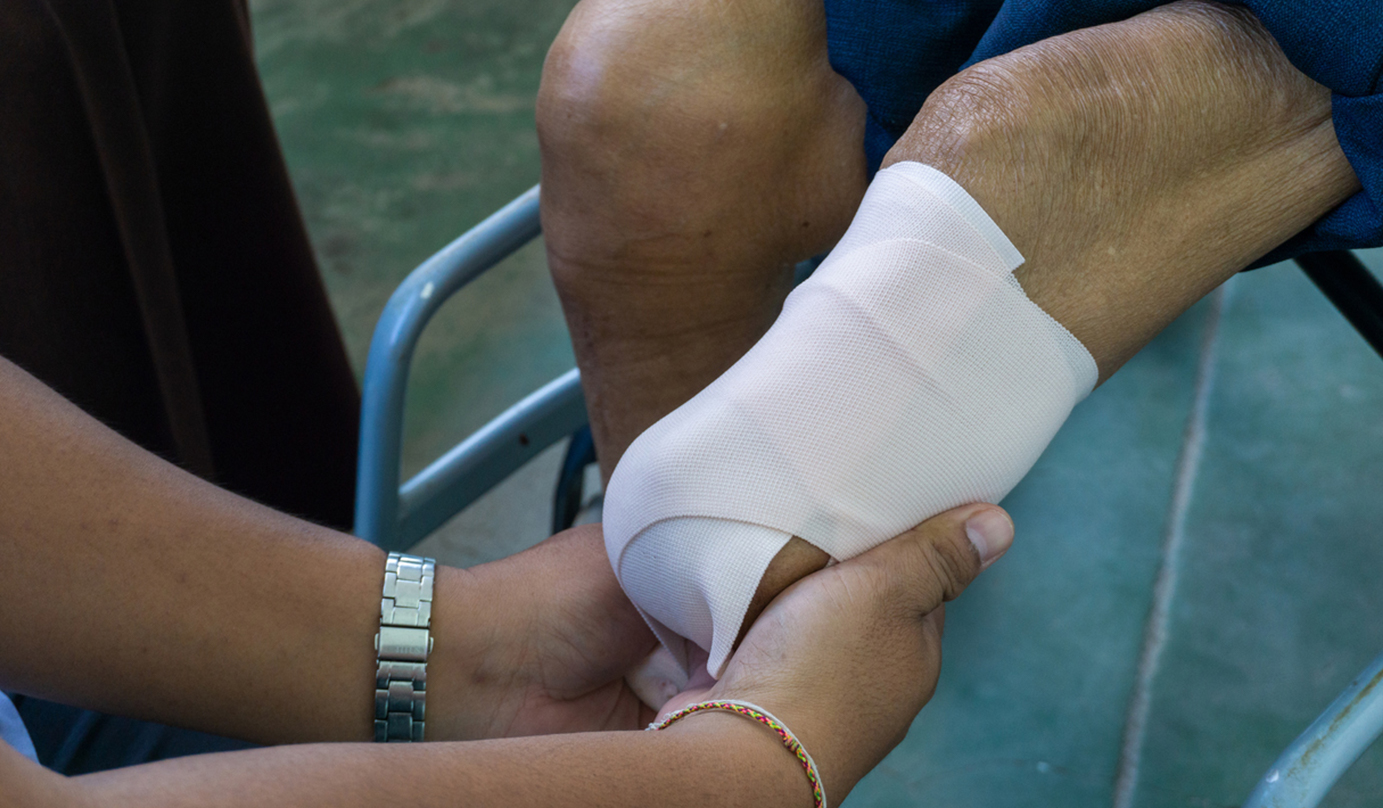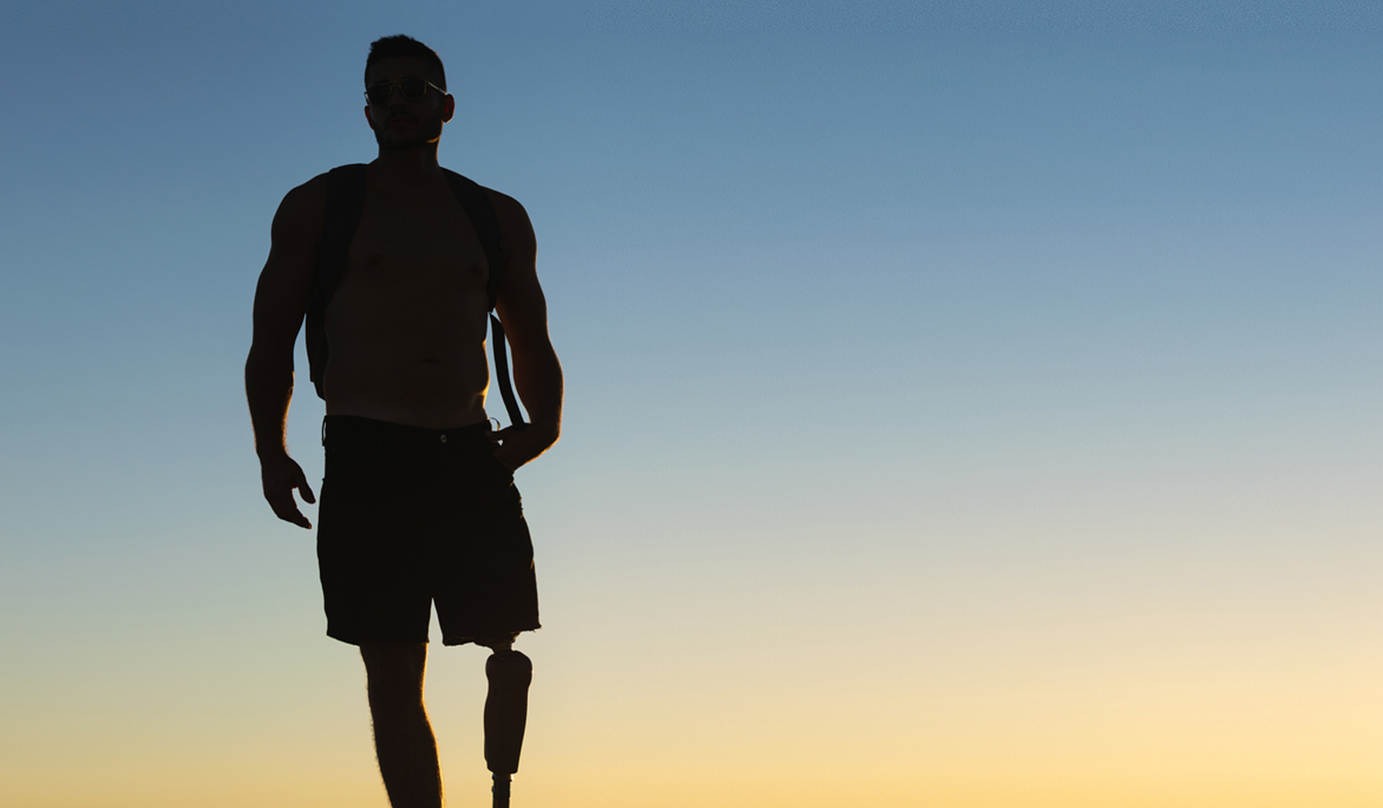
It can be easy to think that everyone is the same in this world. But if you have two arms and two legs, you might be more fortunate than you think. Around 2 million people in the United States were born with a limb difference or have had an amputation. That number grows by 185,000 every year. Today we will learn more about limb differences and how people are overcoming these obstacles.

Some people are born with limb differences. They could be missing fingers, toes, arms or legs, or their limbs could be formed differently. Limb differences at birth are quite rare. For example, 1 in 1,000 babies are born with an extra toe or finger.

Others have limb differences due to accidents or disease. Amputations can occur in infancy or adulthood. Some people lose limbs due to events such as car accidents. Some have them removed in order to save the rest of the body.

After an amputation, some people experience phantom limb syndrome. They can still feel the limb once it has been removed. They might feel pain in the limb. Some people even feel like it still works like before. That is because the brain is trying to understand the signals it receives. It must rewire itself because of the changes to the body.

Science has come a long way in helping people with limb differences. Artificial limbs make life easier for people with limb differences. They allow them to live life with less help from others. They can let people walk again. They can let people use their hands again. Some are even controlled by thought, just like real limbs!

There is just one problem: they are not cheap. There is a lot of craftsmanship that goes into each limb. Each limb is different, and some people have multiple. People use one limb in the house. They use another when they go out.

3D printing has changed many industries. From cars to clothing, it makes production cheaper. Now, it could help the 30 million people around the world who need prosthetics or orthotics. It offers an inexpensive way to provide functional prostheses to people from poorer countries.

The world of sports and prosthetics continues to develop. Now it is easier for people with limb differences to play sports at a high level. That is due to the new materials and technology used in prosthetics.

Some of the most advanced prosthetics are called blades. They are made of carbon fiber, and they went through years of computer analysis and mechanical testing. In 2012, Oscar Pistorius wore blades in the Olympics to compete against able-bodied runners. He sprinted at amazing speeds to earn the nickname 'Blade Runner.'

Erin Ball was a performer in a circus who continued her career as a double amputee. After her surgery, she felt hopeless. She spent almost a year in the hospital. It was hard to get used to her new life. Eventually, she rebuilt her strength. After lots of hard work, she was strong enough to perform again. She says she prefers her life now thanks to the new friends she has made.

Technology is making the world a more equal place. But we can do our part by accepting everyone, no matter who they are.